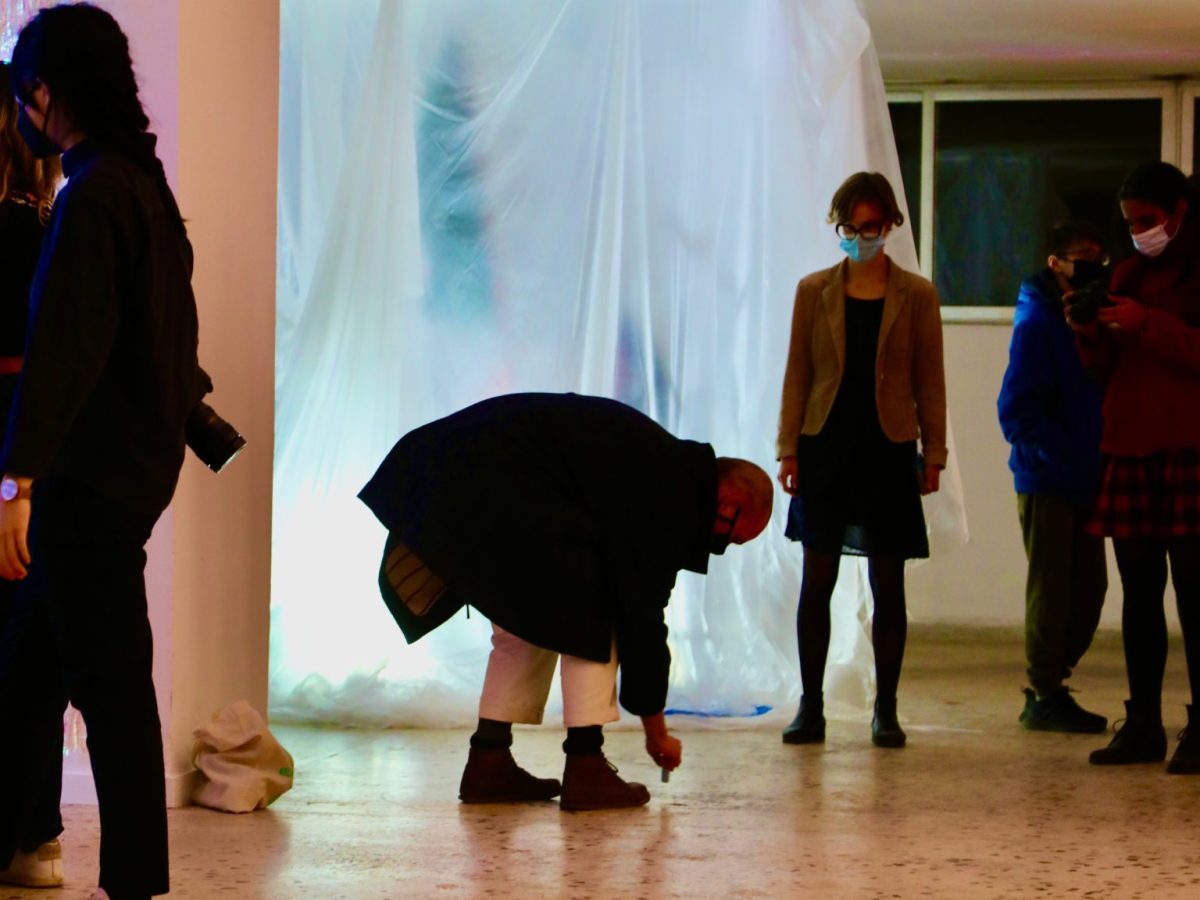Shared Campus semester program
Greece (Athens and Hydra)
20 September – 17 December 2021
Transcultural Collaboration is a unique international MA semester programme in the arts, and a cooperation between Shared Campus partner institutions in Asia and Europe. Students from all arts and design disciplines have the chance to explore different locations of the Shared Campus network, collaborating on experiments with open outcomes.
The programme takes place at different locations in Europe and in Asia. These locations serve as a base and common playground for joint research. Their different cultural and historical developments and living environments provide interesting insights and opportunities for reflection on a variety of topics such as value systems, politics, traditions and cultural hybridization, or power structures.
The main focus is on practice-based collaboration and teamwork between the participants in changing constellations. An annual semester topic and a related lecture series serve to focus debates and provide a framework for practical experimentation. The programme is complemented with additional inputs by guests, excursions, and workshops. The semester includes public presentations.
Text: Shared Campus, Transcultural Collaboration
Find out more about the process and outcomes of TC 2021 on the Transcultural Collaboration Blog.
During our time in Greece, we realised two major events/exhibitions:
Saganaki on Ice
Communitism (Kerameikou 28, Athens, Greece)
28 October 2021
Find out more about our projects here.
Micro-relations lab
One Minute Space (Marathonos 71, Athens)
10-11th December 2021
Find out more about our projects here.




